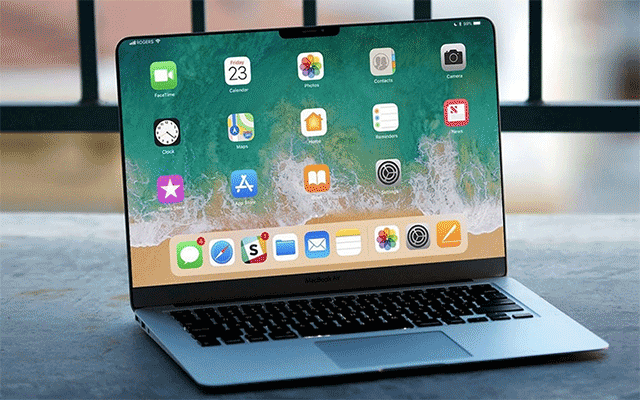

#MACBOOK USB C HUB HDMI FULL#
įull-featured USB-C cables that implement USB 3.1 Gen 2 can handle up to 10 Gbit/s data rate at full duplex. USB Charging ports should also be clearly marked with capable power wattage. USB-C to USB-C cables supporting 5A current must contain e-marker chips (also marketed as E-Mark chips) programmed to identify the cable and its current capabilities. These USB-C cables only support 2.0 speeds and do not support alternate modes.Īll USB-C cables must be able to carry a minimum of 3 A current (at 20 V, 60 W) but can also carry high-power 5 A current (at 20 V, 100 W). USB-C cables that do not have shielded SuperSpeed pairs, sideband use pins, or additional wires for power lines can have increased cable length, up to 4 m. The electronic ID chip provides information about product/vendor, cable connectors, USB signalling protocol (2.0, Gen 1, Gen 2), passive/active construction, use of V CONN power, available V BUS current, latency, RX/TX directionality, SOP controller mode, and hardware/firmware version. Cable length should be ≤2 m for Gen 1 or ≤1 m for Gen 2. They are electronically marked cables that contain a chip with an ID function based on the configuration channel and vendor-defined messages (VDM) from the USB Power Delivery 2.0 specification. USB 3.1 cables are considered full-featured USB-C cables. Receptacles are found on devices and adapters. Two genders (kinds) of connectors exist, male (plug) and female (receptacle). The 24-pin double-sided connector is slightly larger than the micro-B connector, with a USB-C port measuring 8.4 millimetres (0.33 in) wide, 2.6 millimetres (0.10 in) high, and 6.65 millimetres (0.262 in) deep. USB-C port (receptacle) on a mobile phone

USB Type-C and USB-C are trademarks of USB Implementers Forum. USB-C cables interconnect hosts and devices, replacing various other electrical cables and connectors, including USB-A and USB-B, HDMI, DisplayPort, and 3.5mm audio jacks.

The designation C refers only to the connector's physical configuration or form factor and should not be confused with the connector's specific capabilities, which are designated by its transfer specifications (such as USB 3.2). USB-C (formally known as USB Type-C) is a 24-pin USB connector system with a rotationally symmetrical connector.


 0 kommentar(er)
0 kommentar(er)
